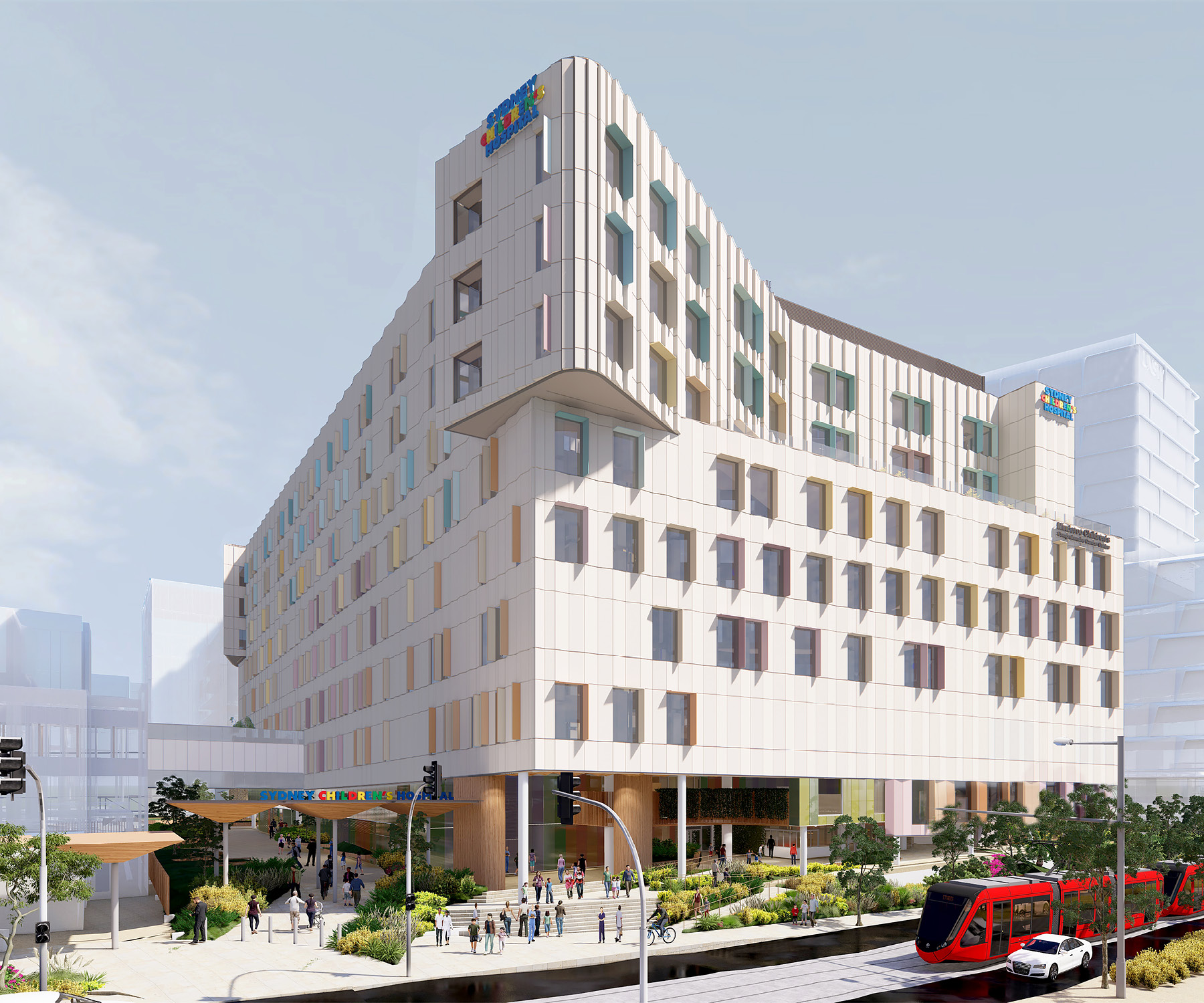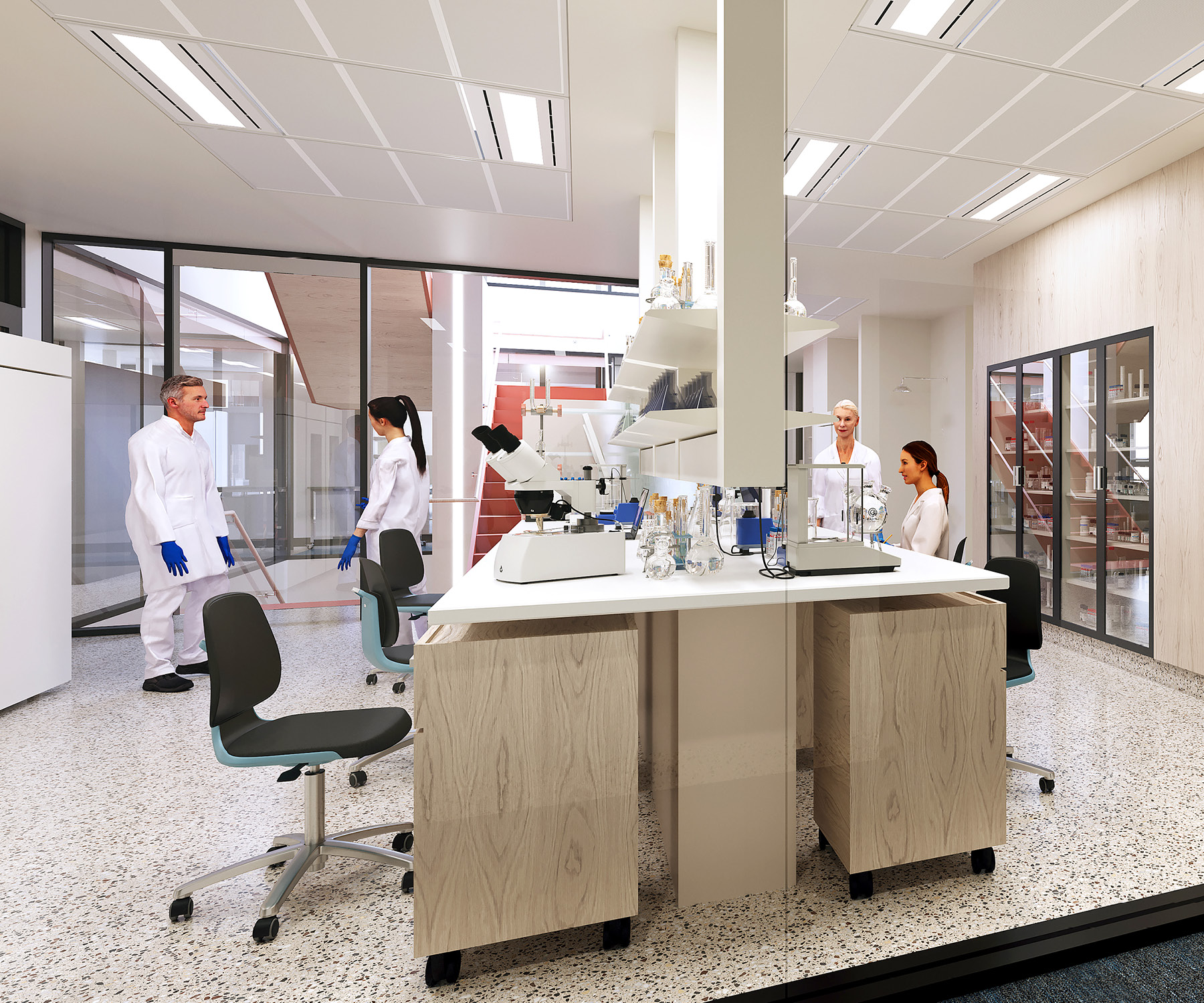Language
You can read the magazine in one of the following languages
Tara Veldman is clearly up for braving some risky, adrenalin-fuelling challenges.
Over the past three years, she has walked barefoot across red hot embers and broken glass, breakfasted on ants and mealworms, plunged into a freezing tub of ice-cold water and shared a bath with two-meter pythons and an alligator.
And the daring Managing Director of leading social infrastructure architects Billard Leece Partnership (BLP) admits she was filled with dread before every single one.
But that hasn’t stopped Veldman from signing up for yet another scare session in October for Children’s Cancer Institute’s seventh annual CEO Dare to Cure, where business leaders in Sydney and Melbourne step out of their comfort zones to confront their biggest fears and raise money for research into finding ways to cure childhood cancers.
“I was definitely out of my comfort zone beforehand,” she says. “But when I actually had to go through with each challenge, I felt strangely calm and in control. It really is mind over matter, so this year I’ll take it in my stride.”

“It really is mind over matter so this year I’ll take it in my stride.”
In fact, she’ll once again be striding over a carpet of smoldering 500°C ashes and smashed wine bottles to add to the more than A$30,000 that she’s so far raised.
“I figure that’s probably the most dangerous and terrifying out of all the ones I’ve done, so I want to challenge myself to do it again without feeling as nervous.”
CEO Dare to Cure has raised a staggering A$8 million for Children’s Cancer Institute, Australia’s only independent medical research organization dedicated to curing childhood cancers.
There’s still time to register for this year’s events which are being held at The Timber Yard, Melbourne on 18 October and the Australian Turf Club at Royal Randwick in Sydney on 25 October.
If burning feet, ice baths and snake encounters don’t provoke feelings of panic and alarm, there are plenty of other horrors on offer to courageous C-suiters, including a seven-meter stunt jump and shaving off their eyebrows. If they like an element of uncertainty, they could risk the Mystery Box Challenge which involves thrusting a hand into a container without knowing what creepy crawlies or slithery reptiles are lurking inside.
Adrenalin junkies can also choose to parachute from 4,500 meters or (in Sydney only) swim with three-meter gray nurse sharks.
For Veldman, it was a professional connection with Children’s Cancer Institute that first drew her to take part: she helped to design its brand new, state-of-the-art home, which forms part of the A$658 million redevelopment of Sydney Children’s Hospital Stage 1 and Minderoo Children’s Comprehensive Cancer Centre (MCCCC).
“I was Project Director of the BLP design team responsible for designing Sydney Children’s Hospital Stage 1 and the MCCCC,” she says. “For 12 months, we consulted with clinicians, researchers and educators to understand exactly what they needed from the building.
“It was a very special undertaking for everyone at BLP because we knew what an important role the facility would play in developing better outcomes for so many kids. While I was there, I heard about CEO Dare to Cure and was excited to get involved.”

“For 12 months, we consulted with clinicians, researchers and educators to understand exactly what they needed from the building.”
MCCCC is a collaboration between the Institute and Sydney Children’s Hospitals Network, including the Kids Cancer Centre, with state and federal governments also providing funding. It’s the first facility of its kind in Australia and is expected to become one of the world’s leading pediatric cancer centers. Its 900 dedicated child cancer professionals will work in state-of-the-art laboratories, research and education spaces and treatment centers, sharing their expertise with similar institutions across Australia and around the world.
It will feature a children’s intensive care unit and emergency department, a sophisticated neuroscience and research center and child-focused inpatient and outpatient units.
“The topping out ceremony was in April when the construction reached its highest point 12 stories up,” Veldman says. “It’s such an extraordinary place with a true ‘bench to bedside’ design. I feel very honored to have been involved with making it happen and to have met so many talented and passionate healthcare professionals.”
During the ceremony, the construction tradition of lifting a native water gum tree onto the roof was carried out in front of the federal and New South Wales health ministers, Mark Butler and Ryan Park.
The new center will be a major shot in the arm for Zero Childhood Cancer (ZERO), Australia’s first personalized program for children with cancer. A joint initiative of Children’s Cancer Institute and Kids Cancer Centre, ZERO uses comprehensive genomic analysis to look for clues about what is driving each child’s cancer and how it might best be treated.
Over 1,800 children have now been enrolled, and the results so far have been remarkable. A study this year showed that the two-year survival rate of children who received a ZERO-recommended treatment was more than double that of those who received standard therapy. Today, every Australian up to the age of 18 diagnosed with cancer has access to precision medicine through ZERO.

“It was a very special undertaking for everyone at BLP because we knew what an important role the facility would play in developing better outcomes for so many kids.”
It is one of many world-first breakthroughs that have helped transform the lives of so many youngsters.
In the 1960s, over two-thirds of under-18s diagnosed with the disease in Australia died, but today it’s down to 16 percent. For the most common childhood cancer, acute lymphoblastic leukaemia (ALL), it’s lower still at 10 percent, thanks in part to medical advances made by the Institute.
These advances include a technique called minimal residual disease (MRD) testing which helps doctors identify the children with ALL who are most at risk of relapse so their treatment can be altered or intensified. During a 10-year clinical trial in Australia, use of the Institute’s MRD test doubled the survival rate in children with high-risk types of ALL from 35 to 70 percent. MRD testing in ALL patients is now the standard of care throughout Australia.
If Veldman needs some extra motivation or inspiration to help her take her first tentative barefoot steps onto the glowing coals and razor-sharp shards of glass, she need only look up and she’ll see the stunning MCCCC not much more than a stone’s throw away.
Many children with cancer will face up to some very big fears but the groundbreaking work of the Children’s Cancer Institute will mean that more of them will do so with hope and joy.
Join other business leaders in the fight against childhood cancer. Register for CEO Dare to Cure 2024 today.
